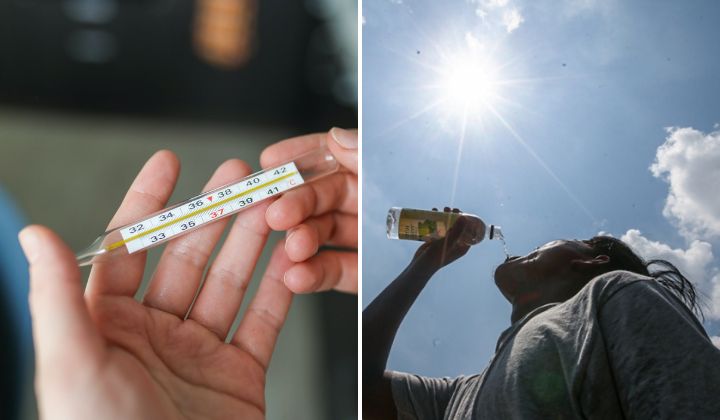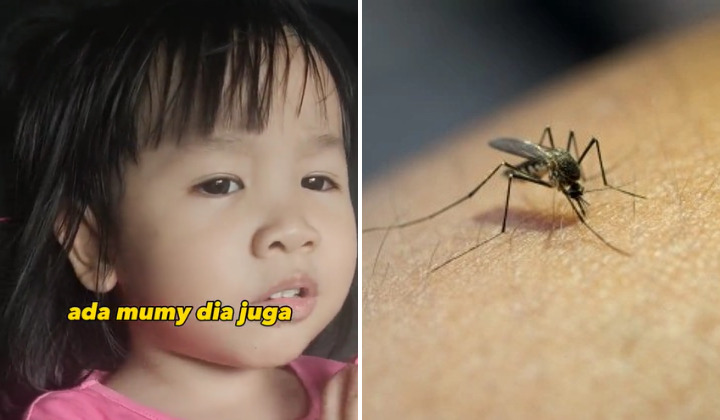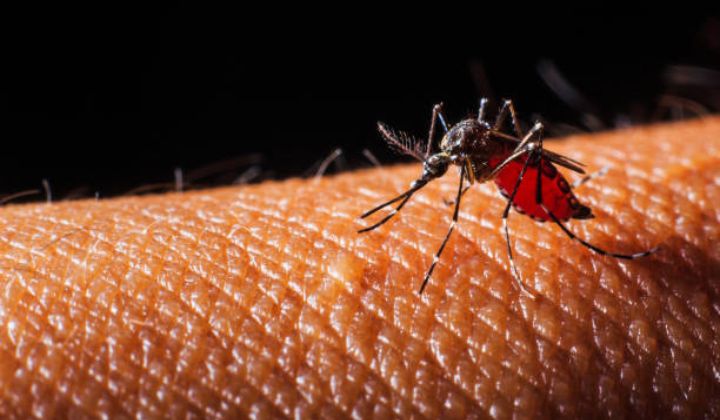Watch Out For Dengue Warning Signs, Refer To Emergency Department Immediately For Severe Symptom Cases
Sunway Medical Centre emergency physician Dr Aaron Lai Kuo Huo highlights the importance of early detection of the infection to facilitate prompt treatment and mitigate the risk of further complications.
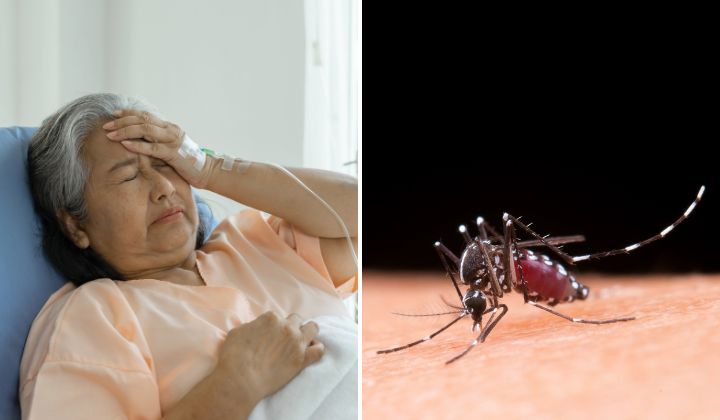
Subscribe to our FREE Newsletter, or Telegram and WhatsApp channels for the latest stories and updates.
The recent surge in dengue cases reported nationwide underscores the importance of remaining vigilant of the warning signs associated with the illness.
Sunway Medical Centre, Sunway City emergency physician Dr Aaron Lai Kuo Huo highlights the importance of early detection of the infection to facilitate prompt treatment and mitigate the risk of further complications.
Dengue infection warning signs and symptoms
According to the Ministry of Health (MoH) Clinical Practice Guideline on dengue infection management, among the warning signs he stressed for the people to continuously monitor are abdominal pain, persistent vomiting over three times a day, persistent diarrhoea over three times a day, drowsiness, difficulty in breathing, spontaneous bleeding from gums or nose and also black-coloured stool.
“It is imperative for the patients to seek medical attention immediately to the emergency department or general practitioner (GP) clinics depending on severity and accessibility.
“However, if there are presence of any severe symptoms or warning signs or vulnerable group patients contracted dengue, they should prioritize medical attention at the emergency department,” he said recently.

Other primary symptoms of dengue fever are headache, generalized body aches, rashes and pain behind the eye.
Though these symptoms might resemble other common illnesses like flu, he said that dengue fever often presents with more severe muscle and joint pain and can progress to severe complications like dengue hemorrhagic fever (DHF) or dengue shock syndrome (DSS).
DHF and DSS are characterized by severe internal bleeding, low platelet counts, plasma leakage, and organ impairment.
The typical diagnostic process for dengue fever involves a combination of clinical assessment and laboratory tests where the doctor would initially assess the patient’s symptoms commonly associated with dengue fever and whether the patient is staying in dengue-endemic areas or recently travelled to dengue outbreak regions.
Additionally, the doctor would then examine the patient’s hemodynamic status and check for signs of bleeding complications of dengue. As clinical diagnosis of dengue lacks specificity, a definitive diagnosis of dengue requires laboratory confirmation.
Laboratory testing available for the diagnosis of dengue includes point-of-care testing with rapid dengue combo tests (Dengue NS1 Antigen, Dengue IgM/IgG antibodies), dengue serology testing (use to identify antibodies against dengue) and dengue viral RNA detection (use to detect the genetic material, RNA of dengue virus in the blood).
Other common blood tests often taken would be a full blood count to measure the platelet counts, white blood cell counts, hematocrit level and red blood cell counts.
A low platelet count and low white cell count is a common finding in dengue. Renal function or liver function tests may also be performed to assess for organ impairment, especially in cases of severe dengue fever, he said.
In severe cases of dengue fever, imaging using chest X-ray or point-of-care ultrasound would be performed to evaluate for evidence of fluid accumulation due to damaged blood vessels and to assess the extent of organ damage.
“Through clinical assessment and laboratory testing, the doctor can ascertain the likelihood of dengue infection, the phase of dengue infection and severity of the illness,” he explained.
Stages of dengue infection
The Febrile Phase comprises of fever that lasts three to five days where during this phase, the patient experiences fever, joint pain, muscle pain, headaches and other symptoms.
The first notable change in the complete blood count is a progressive decrease in total white cell count, which is then followed by a reduction in platelet levels.
Subsequently, the patient may enter the Critical Phase which could last between 48 to 72 hours.
In this stage, the patient may experience varying circulatory disturbances. In severe cases, the patient would exhibit serious complications such as internal bleeding, water retention in the lungs or stomach, low blood pressure, kidney failure and liver failure as well as coma, which may lead to death.
However, in mild cases, the patient often will not experience such circulatory abnormalities and will recover spontaneously.
Following the Critical Stage, the patient will go through the Recovery Phase where dengue symptoms dissipate while blood platelets and white blood cells return to normal count.
“It is paramount for patients infected with dengue virus to refer the cases at healthcare facilities for accurate diagnosis and provide the right treatment.
“For instance, patients who are on non-steroidal anti-inflammatory drugs (NSAIDs) such as aspirin and proceed to take it when they have been infected with dengue could potentially increase the risk of bleeding. It is imperative for the doctor to be consulted urgently to navigate the challenging period,” he added.
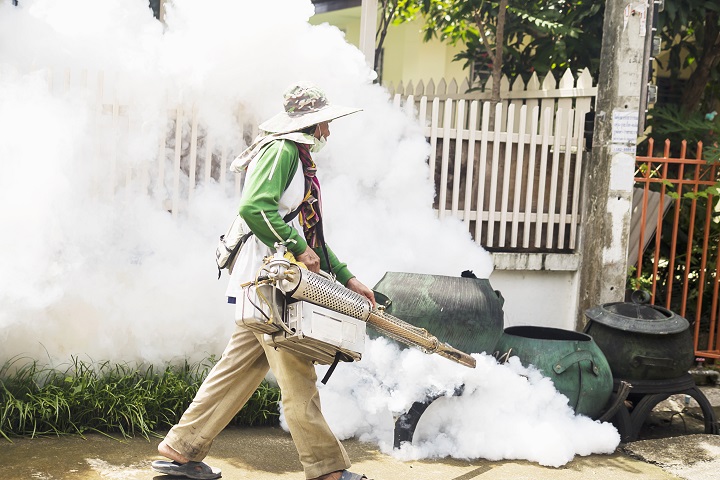
Factors and mitigation measures
According to MoH statistics, Malaysia reported an increase of 86.3 per cent in dengue cases last year compared to 2022.
Earlier this month, MoH director general Dr Muhammad Radzi Abu Hassan revealed that the dengue cases in the first five weeks of this year was 18,247 cases, up by 65.6 per cent compared with 11,127 cases in the same period in 2023.
The latest statistics in Klang Valley also show a significant surge in cases with 72.8 per cent increase in Kuala Lumpur and Selangor with 69.9 per cent increase this year, as per news reports.
Dr Aaron Lai highlighted that climate factors such as temperature and rainfall patterns play a significant role in the transmission dynamics of dengue in Malaysia.
Warmer temperatures and increased rainfall create favourable conditions for mosquito breeding and viral replication, leading to higher transmission rates, he said.
As mitigation measures to avoid contracting dengue fever, especially for those living in high-risk areas, he recommended the use of mosquito repellent containing diethyltoluamide (DEET), and installing a mosquito net or screen when sleeping.
“Eliminating stagnant water sources is crucial as these are the areas where it could turn into mosquitos breeding ground. Aside from that, wear long-sleeved clothes and maintain the cleanliness of our living environment,” he added.
Share your thoughts with us on TRP’s Facebook, Twitter, and Instagram.

